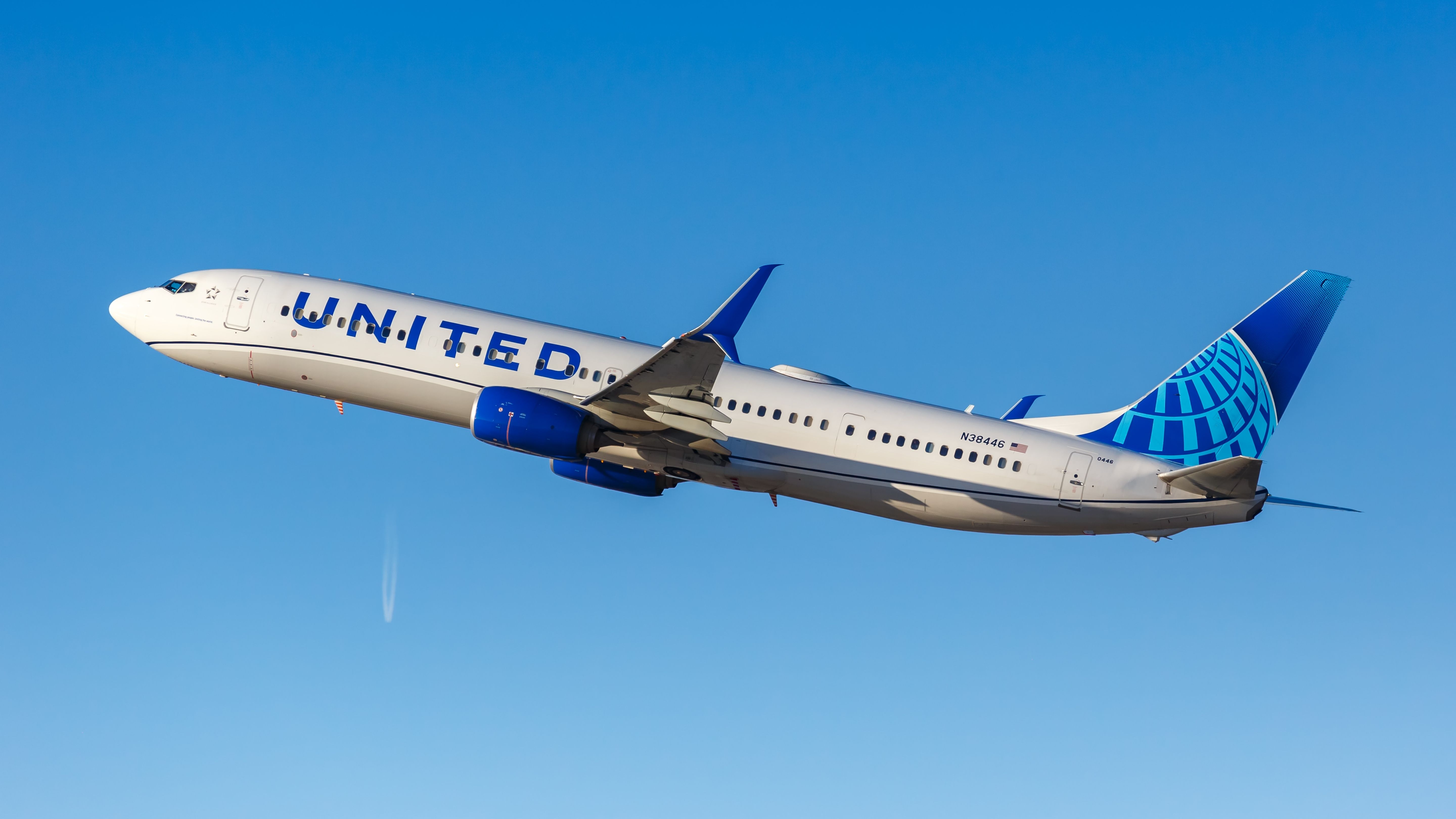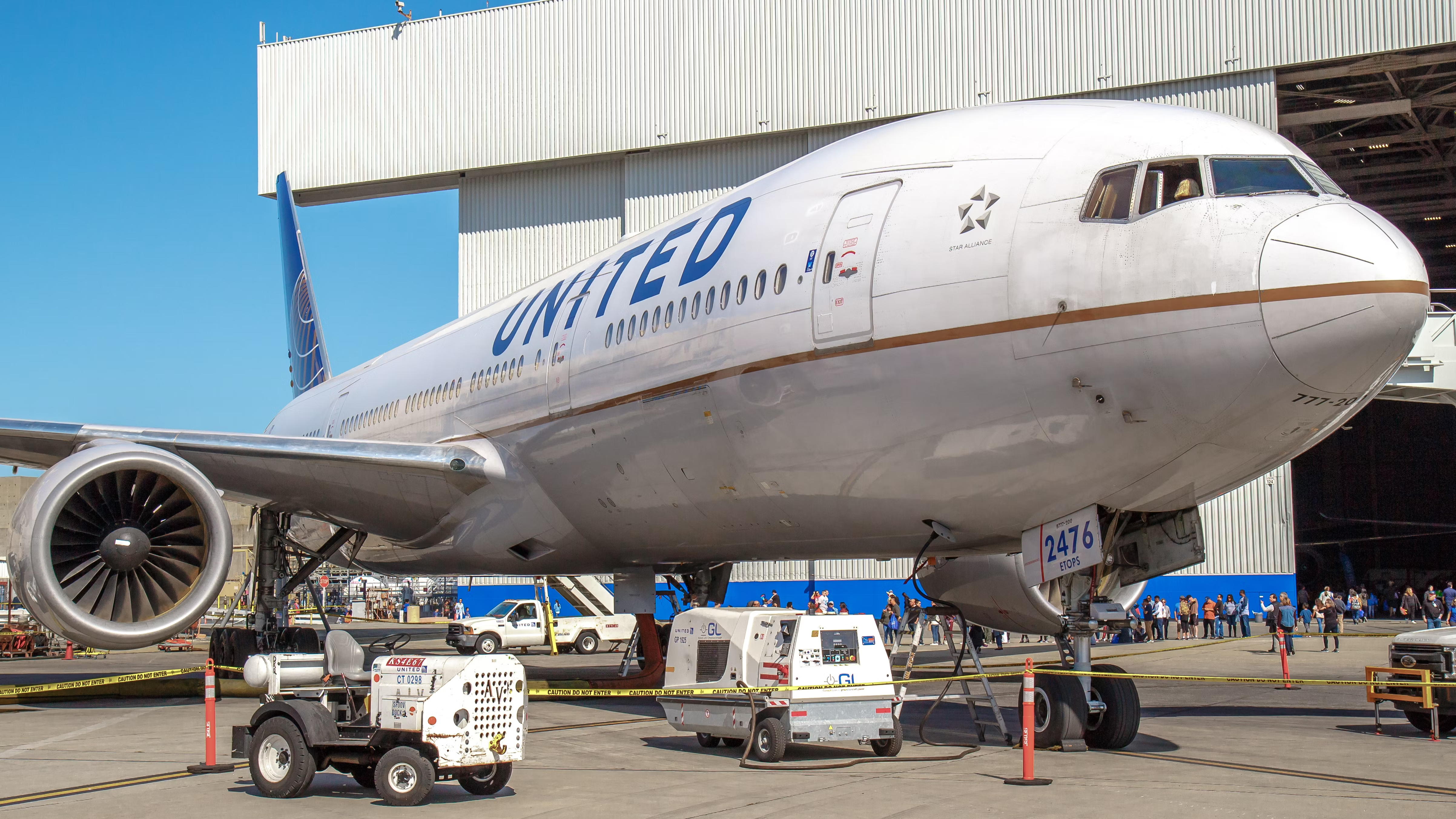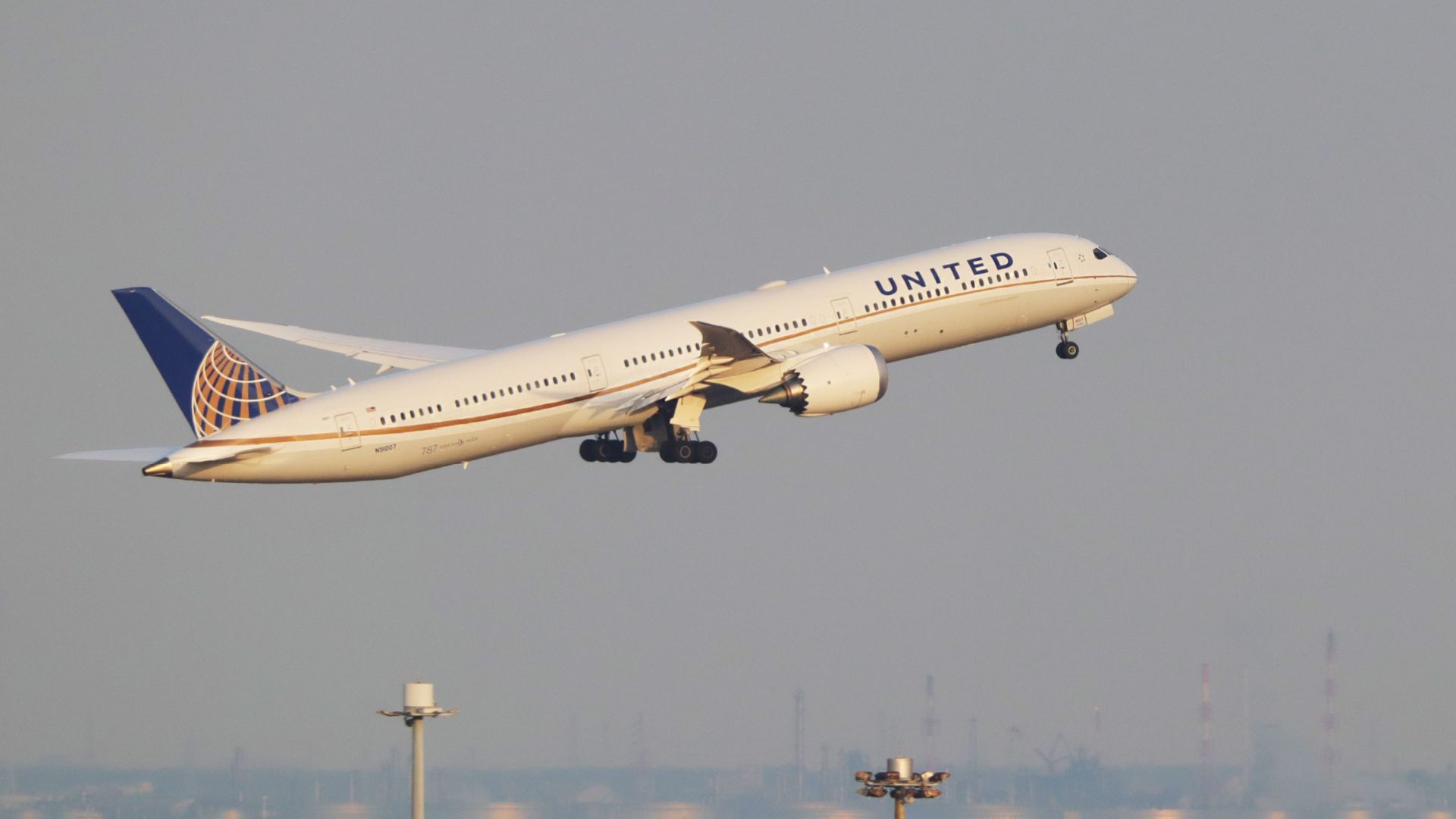Summary
- United Airlines has a rich history that dates back to the early days of US aviation.
- The airline underwent a period of disintegration in the 1930s due to political issues.
- United Airlines has experienced significant growth in recent years, expanding its worldwide route network and fleet size.
As one of the earliest airlines developed in the US, United Airlines has a long and colorful history. Over the years, the carrier has worked to raise the standard of air travel worldwide and has helped modernize how airlines operate today.
Before United Airlines
United Airlines came from somewhat humble beginnings in the early days of the US aviation industry. William Boeing founded Boeing Airplane Company in 1916 as an aircraft manufacturer. With successful releases of Boeing Aircraft models, the company transitioned into operating as an air carrier for mail. The first successful mail delivery was in 1919. By 1928, a subsidiary, United Aircraft Corp, was established to operate as a full-service airline.
Under the United Aircraft Corp., the airline expanded its business operations through a series of mergers and acquisitions across the US. United Aircraft Corp grew to include First Pacific Air Transport, Pratt & Whitney Aircraft, and Stout Air Services, which were already operating as passenger airlines.
A fast-growing airline, Varney Airlines, was also acquired by United Aircraft Corp, which then became United Aircraft and Transportation Corporation (UATC). Founded by Walter Varney, Varney Airlines reflected modern airline operations after it expanded its business from mail to passengers using a Boeing 247 aircraft.
Get the latest aviation news straight to your inbox: Sign up for our newsletters today.
Soon after the acquisition of Varney Airlines, United Air Lines was set up as the parent company for the subsidiaries. The conglomerate successfully integrated into the aviation industry from manufacturing to mail and cargo delivery to transportation services for civilians and the military.
Disbanding a conglomerate
United Air Lines faced political issues after a scandal arose in 1934, commonly known as the Air Mail Fiasco. Conflict arose among those airlines flying airmail routes, with a few specific issues causing strong tension.
Airmail contracts, a critical part of a mail-focused airline's business, were often given to larger carriers on account of their larger, more integrated networks and distribution capabilities, and smaller players had trouble competing. Airlines, including United Air Lines, were accused of having a near monopoly on the business, carrying airmail while using the US Army Corps to fly the mail.
The second issue involved how revenue was generated for the airline. Up until this time, payment for mail services was based on the weight carried by aircraft, not the volume of mail. As a result, companies such as United Air Lines were incentivized to carry passengers to increase weight, and junk mail was often added to boost the weight of the mail cargo.
The Air Mail Act of 1934 was passed to prevent fraudulent operations of airlines operating in both industries. United Air Lines was disintegrated into multiple businesses, and airmail contracts were re-awarded. The Boeing Company maintained its position in the manufacturing space while the official United Airlines emerged as a player in the commercial airline space.
Modern United
United Airlines has expanded rapidly throughout its existence, with a massive worldwide route network still based out of the carrier's original hubs. To this day, United's operations center on airports such as Newark Liberty International Airport (EWR), Chicago-O'Hare International Airport (ORD), Denver International Airport (DEN), and San Francisco International Airport (SFO). Today, the carrier operates service to over 340 destinations worldwide.
In addition to a rapidly growing route network, United's fleet has expanded rapidly in the past few years. Today, the carrier operates over 900 aircraft and recently placed a massive order for 100 Boeing 787 Dreamliners. Over 670 jets remain in the order book just for United's mainline fleet, which presently consists of narrowbody Airbus A320, Boeing 737, and 757 aircraft, alongside 767, 777, and 787 widebodies. In the coming years, United will expand its fleet on the Airbus side, taking delivery of 50 Airbus A321XLR jets and 45 A350-900 aircraft.
The success of an airline in recent years, however, has not been defined by fleet size or network strategy but rather by how it handled the COVID-19 pandemic. United took a head-on approach, being the first US carrier to mandate a vaccine for the virus for all its employees. Today, three years after the pandemic first brought the aviation industry shuttering to a halt, United is stronger than ever.



